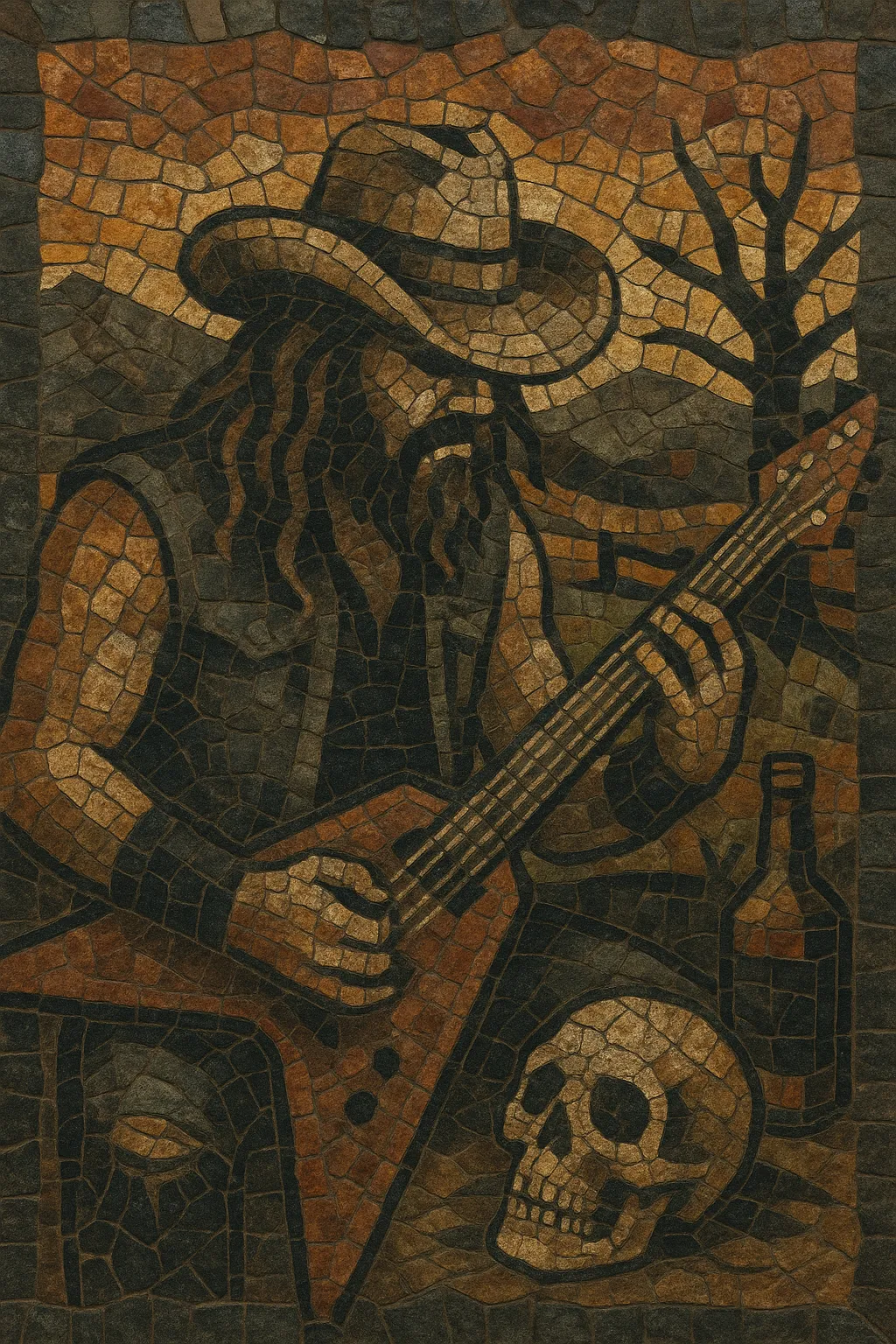
Southern metal is a fusion of heavy metal’s weight and aggression with the swagger, groove, and bluesy twang of Southern rock. It favors down-tuned, mid-tempo riffs; a thick, swampy guitar tone; and drums that swing or shuffle rather than strictly pound, giving the music a gritty, back-porch feel even at its most crushing.
Lyrically and aesthetically, southern metal often leans into themes of hard living, resilience, regional identity, and outlaw mythos—whiskey, religion, heat, humidity, and the American South’s complicated cultural legacy. The sound coalesced largely in the U.S. South, especially the New Orleans (NOLA) scene, where sludge, groove, and blues traditions cross-pollinated.
Bands in the American South began fusing the riff heft of heavy metal with Southern rock’s bluesy leads and laid-back swing. New Orleans’ sludge scene (Eyehategod, Crowbar) and Texas’ groove-forward metal (Pantera) provided core ingredients: down-tuned guitars, thick low-end, and a humid, blues-inflected attitude.
Corrosion of Conformity shifted from hardcore/thrash toward groovier, Southern-tinged metal, while side-project supergroups like Down brought members of Pantera, Crowbar, and Corrosion of Conformity together, codifying a distinctly Southern metal aesthetic—massive riffs, blues phrasing, and soulful grit. Regional labels, venues, and tours helped stitch a scene with a recognizable sonic and visual identity.
The style diversified: Alabama Thunderpussy pushed a road-warrior, biker-metal strain; Superjoint Ritual and later Hellyeah kept the groove thick and the attitude rowdy; and Maylene and the Sons of Disaster folded Southern rock storytelling into metalcore energy. The sound found audiences beyond the South while retaining its regional flavor.
Southern metal’s core tropes—swampy groove, pentatonic riffing, and blues-soaked tone—remain influential across metal subgenres. Newer acts continue to blend sludge, groove, and Southern rock, while legacy bands maintain the style’s profile on tour circuits and festivals. The genre endures as a distinct, rootsy branch of modern metal.

